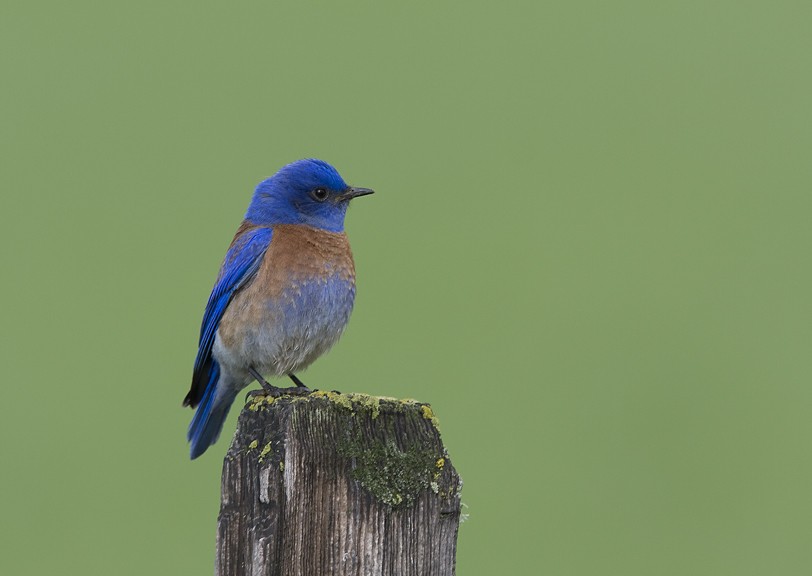Western Bluebird
A species of Bluebirds Scientific name : Sialia mexicana Genus : Bluebirds
Western Bluebird, A species of Bluebirds
Botanical name: Sialia mexicana
Genus: Bluebirds
Content
Description People often ask General Info
 Photo By Gregory "Slobirdr" Smith , used under CC-BY-SA-2.0 /Cropped and compressed from original
Photo By Gregory "Slobirdr" Smith , used under CC-BY-SA-2.0 /Cropped and compressed from original Description
The colorful western Bluebird lives on the edge of coniferous and deciduous forests, usually in hollowed-out trees where there is plenty of room to perch; these birds will become especially territorial over nesting areas but are relaxed otherwise. Interestingly, nesting western Bluebirds have been documented receiving help from other birds of the species, most likely unintentionally.
Size
18 - 20 cm
Life Expectancy
4 years
Nest Placement
Cavity
Clutch Size
2 - 8 eggs
Incubation Period
1 - 3 broods
Number of Broods
12 - 17 days
Nestling Period
18 - 25 days
Feeding Habits
Western Bluebird's diet shifts seasonally: insects like grasshoppers, caterpillars, and beetles in summer; berries and seeds, still supplemented with insects, in winter. They also consume spiders, snails, and occasionally marine invertebrates. They favor elderberries, grapes, and other berries.
Habitat
Western Bluebird occupy habitats spanning sea level to mountainous terrains in the West, from central Mexico to the Pacific Northwest and Montana. They favor open woodland edges, particularly where evergreen and deciduous forests intersect, with a fondness for ponderosa pine, pinyon-juniper, and aspen groves. Their adaptability allows them to inhabit disturbed areas and various winter environments including mesquite, streamside forests, and coastal chaparral.
Nest Behavior
The male and female western Bluebird pair inspect potential nesting sites together. Nest building, primarily done by the female, can complete the first nest of the season in about two weeks, with subsequent nests taking less than a week.
Nest Characteristics
Western Bluebird typically nest in pre-existing cavities within trees of various species, sometimes enlarged by other animals or previously used by woodpeckers. They also adapt to nest boxes and infrequently in man-made structures or swallow nests. The female constructs the nest predominantly from gathered grasses, straw, pine needles, moss, plant fibers, and animal fur, lining it with grasses, rootlets, feathers, hair, and occasionally synthetic materials. The cavity nest lacks the uniform shape of cup nests due to its location.
Dite type
Insectivorous
People often ask
General Info
Feeding Habits
Bird food type
Bird Feeder Type

Platform
Sounds
Call
Recording location: United States
Song
Recording location: United States
Behavior
Western Bluebird exhibit a combination of both communal and territorial behaviors. They are known for perching conspicuously on low branches or posts, watching attentively for insects on the ground before swooping down to feed. Western Bluebird engage in social flocking outside the breeding season, mingling with other bird species. However, fierce competition for nesting cavities in tree trunks can arise, often leading to dynamic interactions with a variety of other cavity-nesting birds. Monogamy is generally observed, although breeding can involve complex social dynamics, as a substantial number of offspring are sired by males outside the pair bond. Furthermore, western Bluebird display cooperative breeding behavior, with non-breeding adults, often males, assisting in raising the young—a behavior not commonly seen in all bird species.
Species Status
Not globally threatened.
Scientific Classification
Phylum
Chordates Class
Birds Order
Perching birds Family
Thrushes Genus
Bluebirds Species
Western Bluebird